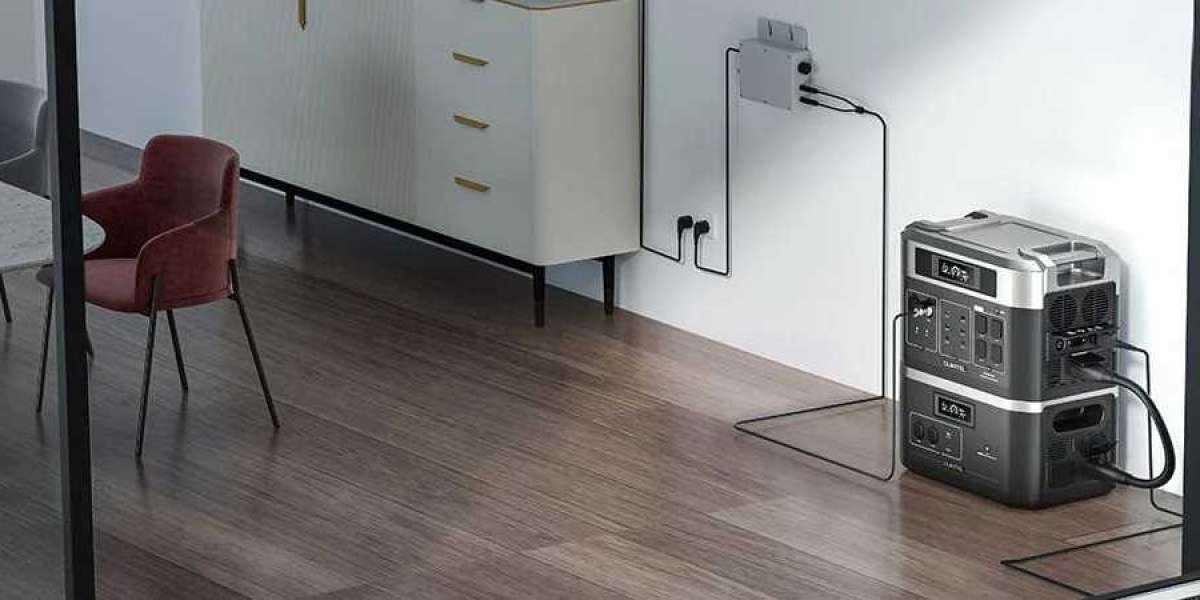Portable generators are invaluable for maintaining power during storms and other emergencies. However, using them safely is crucial to avoid hazards such as carbon monoxide poisoning, electrical fires, and injury. Here’s a comprehensive guide to ensuring safe operation of your portable generator when it’s needed most.
**1. Positioning Your Generator Safely
Overview: Proper placement of your generator is essential for both effective operation and safety.
Tips:
- Outdoor Use Only: Always operate your the best portable generator for home backup outdoors in a well-ventilated area. Generators emit carbon monoxide, a colorless and odorless gas that can be deadly if inhaled.
- Distance from Structures: Place the generator at least 20 feet away from your home, windows, doors, and vents to prevent carbon monoxide from entering your living spaces.
- Avoid Flooded Areas: Do not place the generator in areas prone to flooding. Water exposure can lead to electrical hazards and damage the generator.
**2. Proper Ventilation
Overview: Good ventilation is critical for preventing dangerous carbon monoxide buildup.
Tips:
- Ventilation: Ensure that the area where you place the generator allows for proper airflow. Avoid enclosing the generator in a shed or garage, even if the door is partially open.
- Carbon Monoxide Detectors: Install carbon monoxide detectors in your home, particularly near sleeping areas, to alert you if carbon monoxide levels become dangerous.
**3. Electrical Safety
Overview: Proper handling and connection of your generator’s electrical output are crucial to prevent shocks and fires.
Tips:
- Use Extension Cords: If you’re connecting appliances directly, use heavy-duty, outdoor-rated extension cords. Make sure the cords are in good condition and rated for the wattage of the appliances you’re powering.
- Avoid Overloading: Do not overload the generator by connecting too many appliances or devices. Check the generator’s wattage rating and ensure it matches the total wattage of connected devices.
- Transfer Switch: For a permanent and safer solution, consider installing a transfer switch. A transfer switch allows you to connect your generator directly to your home’s electrical system, ensuring safe and efficient power transfer.
**4. Fuel Safety
Overview: Handling fuel properly is crucial for preventing fires and ensuring the efficient operation of your generator.
Tips:
- Store Fuel Properly: Store fuel in approved containers and keep it in a cool, dry place away from direct sunlight. Ensure that fuel is kept away from any potential sources of ignition.
- Refuel Safely: Never refuel the generator while it is running or still hot. Allow the generator to cool down before adding fuel to avoid fire hazards.
- Check for Leaks: Regularly inspect the generator and fuel lines for any signs of leaks. Address any issues immediately to prevent accidents.
**5. Regular Maintenance
Overview: Proper maintenance ensures that your generator operates safely and effectively.
Tips:
- Routine Checks: Perform regular maintenance according to the manufacturer’s instructions. This includes checking the oil level, air filter, and spark plugs, as well as keeping the generator clean.
- Test Runs: Periodically run the generator to ensure it operates correctly and to familiarize yourself with its functionality in case of an emergency.
**6. Emergency Preparedness
Overview: Being prepared before a storm hits can help you manage your generator safely and effectively.
Tips:
- Read the Manual: Familiarize yourself with the generator’s user manual and safety instructions before an emergency occurs.
- Practice Setup: Practice setting up and operating your generator under controlled conditions. This will help you respond quickly and safely during an actual power outage.
- Create an Emergency Plan: Have a plan in place for operating the generator, including who will be responsible for setting it up and monitoring its use during a storm.
**7. Monitor Generator Operation
Overview: Ongoing supervision is important for ensuring safe operation of the generator.
Tips:
- Supervise Use: Never leave the generator running unattended. Always monitor its operation to address any issues that arise promptly.
- Be Aware of Weather Conditions: If possible, avoid operating the generator in severe weather conditions such as high winds or heavy rain, which can increase the risk of hazards.
Conclusion
Using a portable generator during storms can be a lifesaver, but safety should always be a top priority. By positioning your generator correctly, ensuring proper ventilation, handling fuel safely, performing regular maintenance, and following these tips, you can reduce risks and ensure that your generator provides reliable power when you need it most. Preparing in advance and understanding safe practices will help you manage your home backup system effectively and safely during emergen







